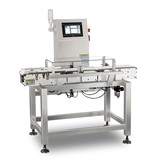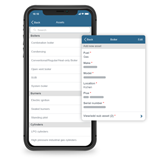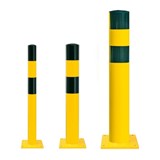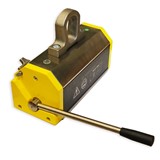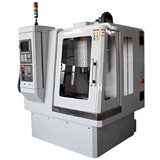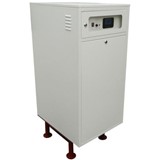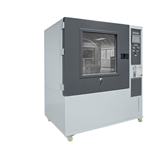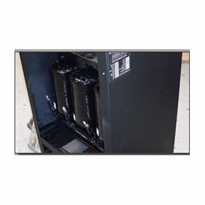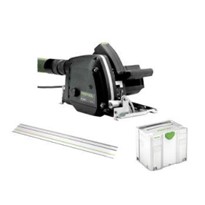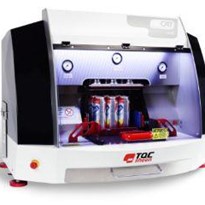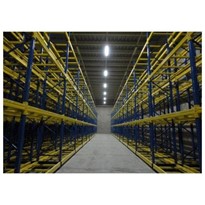In the realm of construction and industrial applications, aluminium stands out as a versatile and valuable material, offering a myriad of benefits ranging from durability and being lightweight, to corrosion resistance and recyclability. One specific application of aluminium that has gained prominence is Aluminium Platforms . In this comprehensive guide, we’ll delve into the world of Aluminium Platforms, exploring its characteristics, uses, advantages, and considerations for integration into various projects.
Understanding Aluminium Platforms
Aluminium Platforms are specifically designed for use as platforms, walkways, staircases, and other elevated structures. These platforms serve diverse purposes across industries, including manufacturing facilities, warehouses, construction sites, and commercial buildings. Aluminium Platforms offer a range of features and properties that make it an ideal choice for such applications.
Key Characteristics of Aluminium Platforms
- Lightweight: Aluminium is significantly lighter than steel, making it easier to handle, transport, and install. This characteristic is particularly advantageous for projects that require elevated structures or platforms where weight is a critical factor.
- Corrosion Resistance: Aluminium naturally forms a protective oxide layer when exposed to air, providing excellent resistance to corrosion and rust. This inherent property ensures the longevity and durability of Aluminium Platforms, even in harsh environments or outdoor applications.
- Strength-to-Weight Ratio: Despite its lightweight nature, aluminium boasts impressive strength-to-weight ratio, offering structural integrity and load-bearing capacity comparable to heavier materials like steel. This allows for the construction of robust and stable platforms without sacrificing performance.
- Non-Sparking and Non-Magnetic: Aluminium is non-sparking and non-magnetic, making it suitable for use in environments where flammability or magnetic interference is a concern, such as petrochemical plants, refineries, and electrical substations.
- Ease of Fabrication: Aluminium is highly malleable and ductile, allowing for easy fabrication, machining, and customization to meet specific design requirements. This versatility enables the creation of tailored platform solutions tailored to the needs of individual projects.
- Recyclability: Aluminium is 100% recyclable without any loss of quality, making it a sustainable and environmentally friendly choice for platform construction. Recycling aluminium requires significantly less energy compared to primary production, contributing to resource conservation and waste reduction efforts.
Applications for Aluminium Platforms:
Aluminium Platforms find wide-ranging applications across various industries and sectors, including:
- Industrial Facilities: Aluminium Platforms are commonly used in industrial settings for the construction of elevated walkways, mezzanines, access platforms, and machinery platforms. These platforms provide safe and convenient access for maintenance, inspection, and operation of equipment and machinery.
- Commercial Buildings: In commercial buildings such as offices, retail spaces, and public facilities, Aluminium Platforms are utilized for interior applications such as mezzanine floors, balconies, and elevated seating areas. These platforms enhance spatial efficiency and architectural aesthetics while offering practical functionality.
- Construction Sites: Aluminium Platforms are indispensable in construction projects for providing temporary access, scaffolding, and working platforms for workers, tools, and materials. Its lightweight construction and modular design facilitate quick assembly, disassembly, and reconfiguration to accommodate evolving project requirements.
- Outdoor Environments: In outdoor environments such as parks, stadiums, and waterfronts, Aluminium Platforms are employed for the construction of pedestrian walkways, viewing platforms, and recreational structures. Its corrosion resistance and weatherability ensure durability and longevity in exposed conditions.
- Transportation Infrastructure: Aluminium Platforms are utilized in transportation infrastructure projects for the construction of pedestrian bridges, railway platforms, and transit stations. Its lightweight construction reduces structural loads and construction costs while maintaining structural integrity and safety.
Advantages of Aluminium Platforms
- Cost-Effectiveness: Aluminium Platforms offers cost advantages over traditional materials like steel due to lower material costs, reduced transportation expenses, and faster installation times. These cost savings contribute to overall project affordability and efficiency.
- Versatility and Customization: Aluminium Platforms can be customized to accommodate a wide range of design requirements, including size, shape, configuration, and surface finishes. This versatility allows for tailored solutions that meet the specific needs and preferences of each project.
- Safety and Compliance: Aluminium Platforms is engineered to meet stringent safety standards and regulatory requirements for structural stability, load capacity, and occupational safety. Its non-slip surfaces, handrails, and guardrails enhance user safety and minimize the risk of accidents or injuries.
- Durability and Longevity: Aluminium Platforms is inherently durable and resistant to corrosion, wear, and degradation, ensuring long-term performance and minimal maintenance requirements. This durability translates into extended service life and reduced lifecycle costs for platform installations.
- Sustainability and Environmental Responsibility: Aluminium Platform recyclability and eco-friendly properties align with sustainability goals and environmental initiatives. By choosing aluminium platforms, project stakeholders demonstrate a commitment to responsible resource management and carbon footprint reduction.
Considerations for using Aluminium Platforms:
While Aluminium Platform offers numerous benefits, several considerations should be taken into account when integrating it into construction projects:
Design Requirements: Assess the specific design requirements, load capacities, and functional needs of the platform to determine the appropriate aluminium specifications, configurations, and accessories.
Site Conditions: Consider site-specific factors such as environmental conditions, exposure to chemicals or corrosive substances, seismic activity, and access constraints when selecting Aluminium Platforms or Top Self Levelling Stairs materials and coatings.
Installation and Maintenance: Ensure proper installation procedures and maintenance protocols are followed to optimize the performance and longevity of Aluminium Platform structures. Regular inspections and cleaning are essential for preserving safety and functionality.
Regulatory Compliance: Familiarize yourself with relevant building codes, industry standards, and regulatory requirements governing Aluminium Platform construction to ensure compliance and mitigate potential liabilities.
Conclusion:
Star Aluminium represents a versatile, durable, and cost-effective solution for a wide range of construction and industrial applications. Its lightweight construction, corrosion resistance, strength-to-weight ratio, and sustainability make it an attractive choice for platforms, walkways, and elevated structures. By understanding its characteristics, applications, advantages, and considerations, project stakeholders can leverage Aluminium Platforms to enhance safety, efficiency, and sustainability in their projects.



